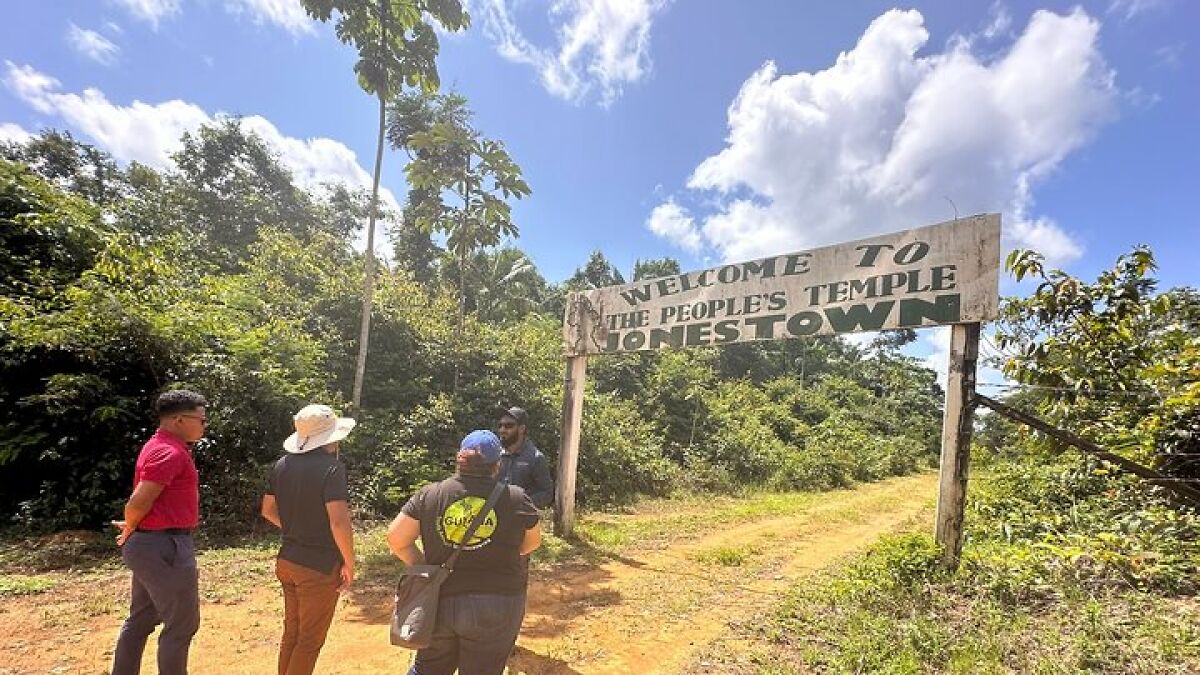
Survivors Who Escaped ‘Drinking The Kool-Aid’ React To Jonestown As New Tourist Destination
In 1978, the world was stunned when 918 people died in a mass murder-suicide in Jonestown, a jungle settlement in Guyana.
They were followers of cult leader Jim Jones, founder of the Peoples Temple.
Under his orders, they drank cyanide-laced punch. This dark moment in history became known as “drinking the Kool-Aid.”
Jonestown, the spot for a mass murder-suicide in 1978, has opened to tourists
Image credits: Tim Champan/Getty Images
- Jonestown, the site of the 1978 mass murder-suicide, opened to tourists in January with $750 tours aiming to educate about the dangers of blind faith.
- Survivors hold mixed views: some see the tours as educational, others call them an exploitative money grab on tragedy.
- Eighteen people survived by leaving with Congressman Leo Ryan, whose 1978 visit triggered the tragic mass suicide order.
- Survivor Thomas Bogue praised the idea, recounting his harsh but once hopeful life in Jonestown before its decline.
- Tour organizers spent two years researching, and plan to add a museum. They're aiming for responsible, niche ‘dark tourism.‘
Some survived this mass suicide because they were abroad, while others ran into the jungle or hid during the chaos.
Eighteen people survived after they took up Congressman Leo Ryan’s offer to leave with him. It was his visit in 1978 that fast-tracked the murder-suicide.
Now, nearly 50 years later, Jonestown is open to tourists, since January. A company in Guyana called Wanderlust Adventures GY offers a $750 tour that includes a flight from the capital, a van ride, and a night in a nearby town.
The goal, they say, is to educate people about the dangers of blind faith.
The New York Post spoke to survivors about their reaction to this new tourist site.
“It seems silly. It’s something that people will make money from. It seems like an abuse,” said Jordan Vilchez, 67, a former Peoples Temple member who survived because she was in Georgetown, the capital, at the time of the tragedy.
Image credits: San Diego State University
Vilchez joined the Temple at age 12. She believed in its message of equality and community. Later, she took a job that kept her in Georgetown, away from the main camp.
When she heard about the shootings, Vilchez recalled not being surprised. “There had been discussions about a mass suicide,” she said.
Vilchez lost two sisters and two nephews to the forced killings. “In some circles, there were practice drills. There was talk of ‘Revolutionary Suicide.’ There was a running narrative of us being persecuted.”
“Unbeknownst to us, the world was closing in on Jim. Because of his pathological narcissism, he was not going to go down alone. People were stuck and emotionally drained—I got caught up in it and was not going to escape.
“Over the years, we got more hooked in. We were told that America would become a police state and our safety was in being part of this group,” Vilchez recalled.
“I think it’s great to turn it into a tourist attraction and a memorial,” said another survivor, Thomas Bogue. “I’ve already been back there three times and the jungle is starting to reclaim the area. I would love to be a consultant on something like that.”
Bogue was 17 when the massacre happened. He had moved to Jonestown with his family two years prior, in 1976. At first, life there was “great.”
Image credits: Carlos Avila Gonzalez/Getty Images
“I’d work eight hours a day, helping to build cottages and overseeing my own crew in the plant nursery. Then, I’d go in the jungle and play before having a nice meal,” he told The New York Post.
But by 1977, things began to change.
This followed a New West magazine article about a member’s teenage daughter who was beaten so badly “her butt looked like hamburger.”
Jones fled to Guyana, and later became paranoid and controlling. Within a year, the commune became all about ideology rather than utopia.
Survivors of the murder-suicide have conflicting opinions on Jonestown becoming a tourist site
Image credits: Getty Images
“It steadily got worse … Ninety-five percent of the people had no idea what was going on. It was like being stuck on an island,” Bogue said.
In 1978, Leo Ryan went to investigate Jonestown after hearing complaints from families in California. Some people, including Bogue and his family, planned to leave with Ryan.
As the group headed to the airstrip to board a plane, cult members opened fire. Ryan, three journalists, and a Temple member were killed. Bogue was shot in the leg. He and his sister escaped into the jungle.
Image credits: Getty Images
Jones gave an order back at the camp, knowing he’d be implicated in the death of a U.S. congressman: it was time for Revolutionary Suicide. This was done by squirting syringes of cyanide into juice and sandwiches, which were consumed by the congregation. The children went first. Jones shot himself in the head.
“I was saved by maggots. They ate the gangrene. And then, during the third morning, I became delirious,” Bouge said, speaking about how he survived. “I lost all sense of direction. But I was with my sister and three others from [another] family.”
Bogue survived in the jungle for three days, where he was later found.
Others disagree. The New York Times reported on John Cobb, another survivor, who called the tour “a money grab to capitalize on a tragedy.”
He was also in Georgetown when the deaths happened, but he lost 11 family members, including his mother and five siblings.
Image credits: Getty Images
The woman behind the tour, Roselyn Sewcharran, says her goal is not to make money off suffering, but to educate people.
“We want to present things in a way that is responsible and educational,” Sewcharran told The New York Post.
The $750 trip includes a flight from the capital, Georgetown, a bumpy hour-long van ride, and a night in the nearby mining town of Port Kaituma.
The New York Times revealed that Sewcharran and her guide, Chris Persaud, spent two years researching the site. They interviewed locals and survivors and now hope to create a small museum and install signs explaining what happened.
“It’s a niche market,” Sewcharran said. “It’s not for everyone.”
A ticket to visit Jonestown costs $750
Image credits: Wanderlust Adventures
Persaud’s grandfather, a journalist, had been invited to Jonestown by Ryan’s team but refused to go, sensing something could go wrong. Persaud believes his role is to continue telling the story.
The New York Times interviewed residents of the small town in the area. Some said the area was haunted, and most try to avoid it.
“It’s a nice idea, but it’s not something to remember,” said Tiffany Daniels, 32. “It’s just bad energy. It’s a lot of lives.”
Still, interest is growing. Sean Traverse, a 66-year-old tourist from California, was one of the first to sign up for the maiden commercial tour to Jonestown.
He said his trip was akin to visiting Auschwitz or the Colosseum, but noted there is an inconsistency in how “dark tourism” is perceived.
For him, Jonestown and the tragedy that happened there are relevant in today’s America, where people are experiencing a spiritual void that cults claim to fill.
“I don’t think it’s far-fetched that it could happen again,” Traverse told The New York Times.
I can still remember the images of more than 900 dead men, women and children laying dead on the ground taken from a helicopter overhead which were shown TV News.
It wasn't koolaid they drank/were forced to drink, it was another brand. This only matters if you care about accuracy and are looking for signs of poor journalism.
Okay Smarty Pants, where does it actually say they drank the Kool-Aid?
Load More Replies...I can still remember the images of more than 900 dead men, women and children laying dead on the ground taken from a helicopter overhead which were shown TV News.
It wasn't koolaid they drank/were forced to drink, it was another brand. This only matters if you care about accuracy and are looking for signs of poor journalism.
Okay Smarty Pants, where does it actually say they drank the Kool-Aid?
Load More Replies...


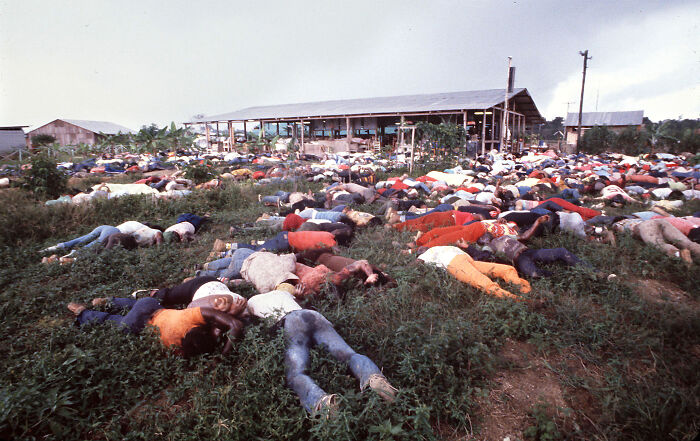
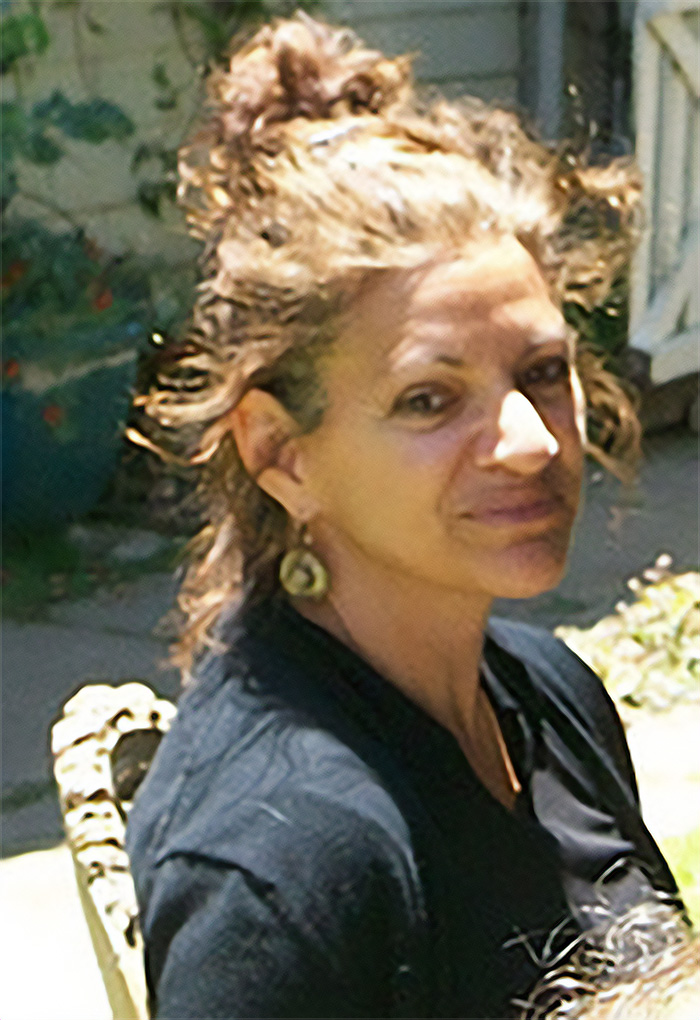
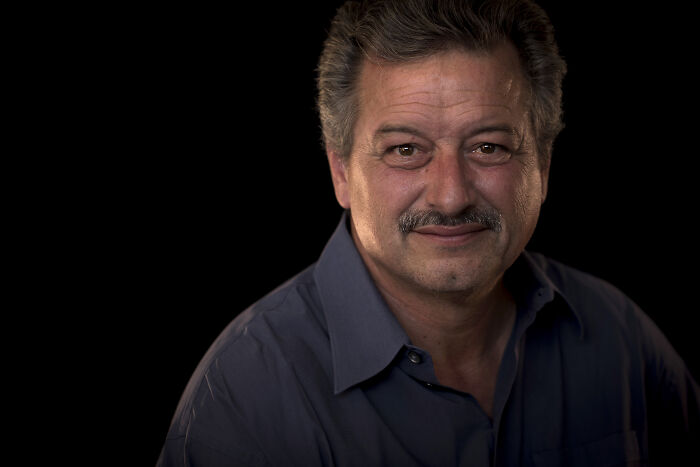
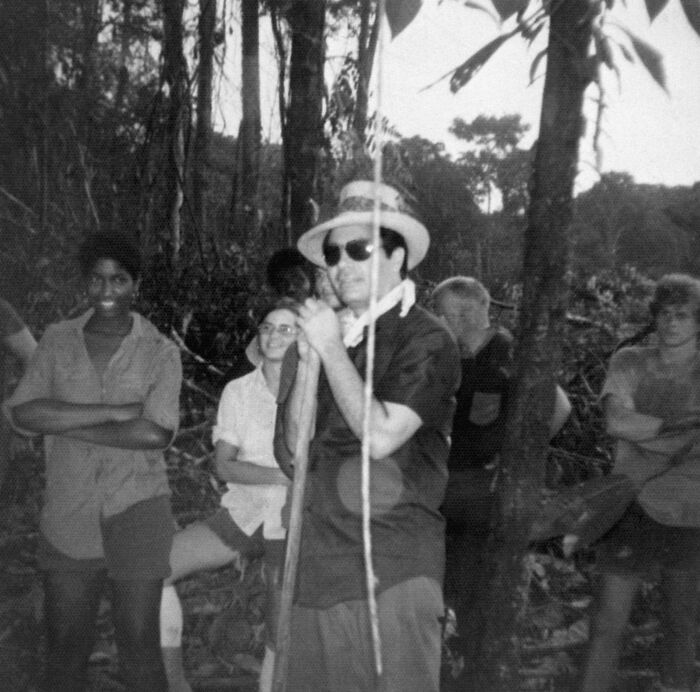
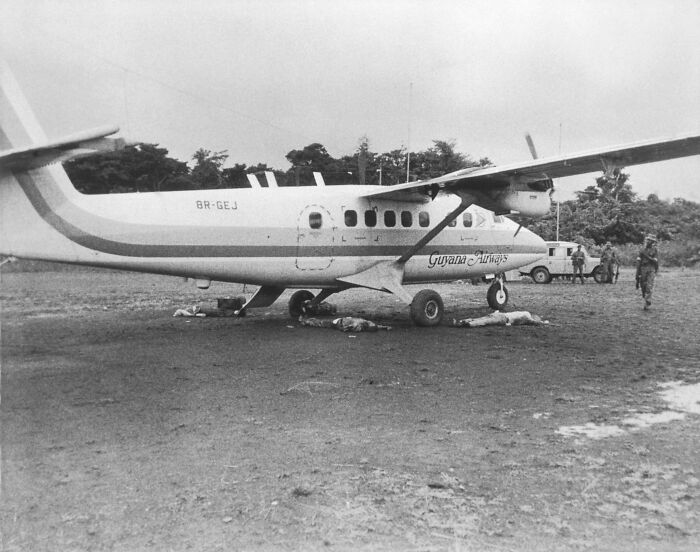
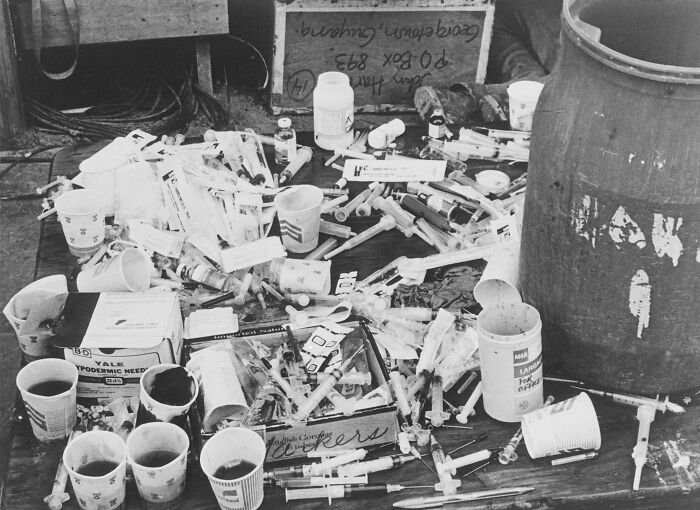
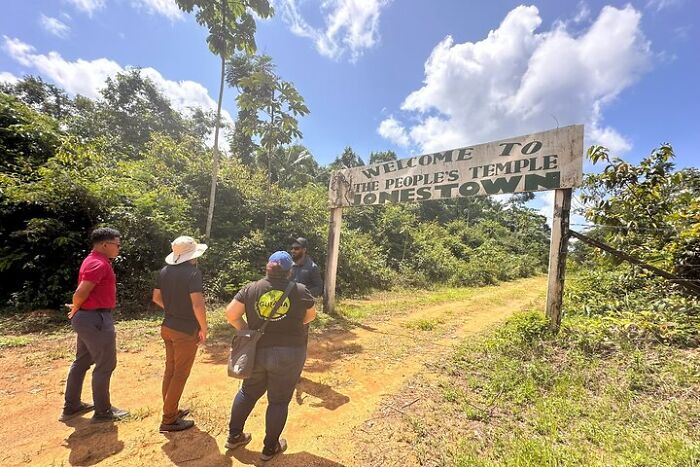



16
3